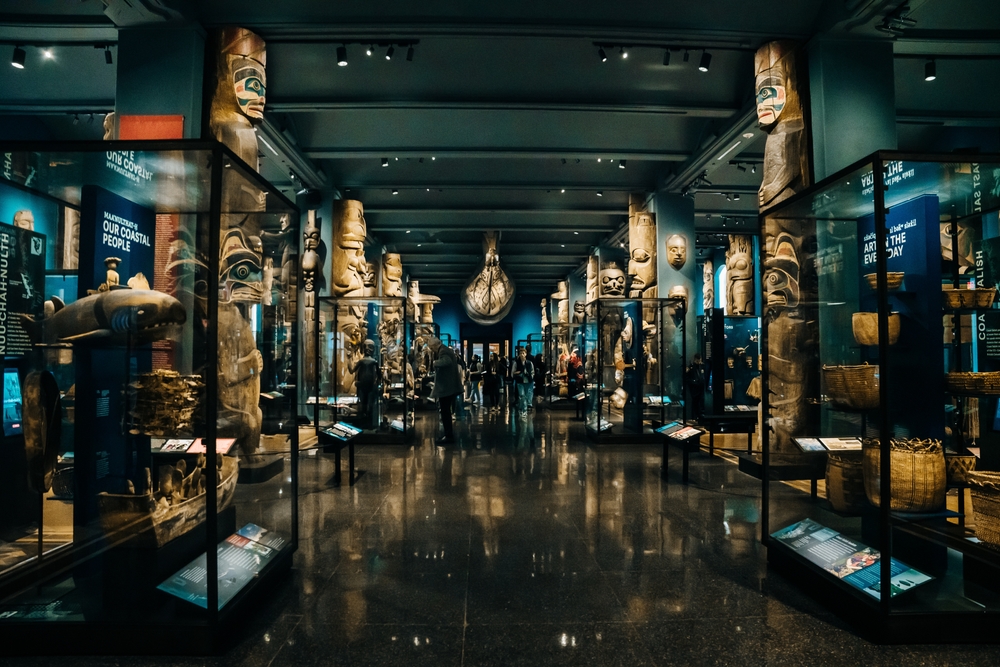After a five-year hiatus, New York’s American Museum of Natural History is reopening its doors to those who want to spend the night among dinosaur skeletons and animal dioramas. It thus resumes an initiative launched almost two decades ago now, allowing children and their caregivers to sleep inside the exhibition halls, transforming the spaces usually rushed by thousands of visitors into a quiet and private place.
Spending a night at the American Museum of Natural History has become a recurring event that has gained its own notoriety over the years. The success, of course, is linked to the 2006 film starring Ben Stiller, A Night at the Museum, but the charm of a building that already looks like a natural set during the day also plays a role. The great whale suspended in the oceanic hall, nearly 100 feet long, or the colossal Tyrannosaurus rex skeleton are attractions that alone make it clear why this experience is in such high demand.
But how exactly does it work? Well, the formula is designed for families, especially for children between the ages of six and 12. Guests sleep on cots placed in the different galleries of the museum: depending on availability, you can find yourself under the dim lights of the fossil hall or next to life-size African mammals. The organization also provides guided activities and entertainment, from group games and flashlight tours to small shows and stories before bedtime.
The program has already been scheduled on a monthly basis until June 2026. The first dates have been set for the fall and winter of 2025: October 24, November 22, and December 5. New dates will follow during 2026, spread between January and June. Places are limited and the experience costs $225 per person. Museum members have the option of booking early and at reduced rates, a benefit that has helped boost membership numbers over the years.
The American Museum of Natural History is one of the most visited cultural institutions in the United States, with about five million admissions annually. Founded in 1869, it was born at a time when the United States was also trying to consolidate its cultural identity through large scientific institutions. Located on Manhattan’s Upper West Side, overlooking Central Park, the museum developed with an approach typical of nineteenth-century exhibits: collecting, cataloging, and displaying to the public natural artifacts from around the world at a time of intense geographic and colonial exploration. Over time, the collections grew to include more than 30 million specimens, from minerals to fossils to one of the largest collections of meteorites.
On a cultural level, the museum has become a landmark for the scientific community, but also for the collective imagination. Its halls, with large dioramas reconstructing distant ecosystems and environments, have educated generations of American students, while the presence of icons such as the aforementioned Tyrannosaurus rex skeleton have made the museum an integral part of the city’s visual memory. In recent decades it has been able to update itself with new sections devoted to biodiversity and technology, while keeping its original function intact: to make knowledge of the natural world accessible to all through spectacular and engaging forms.
The article Overnight stays at New York’s American Museum of Natural History are returning comes from TheNewyorker.



